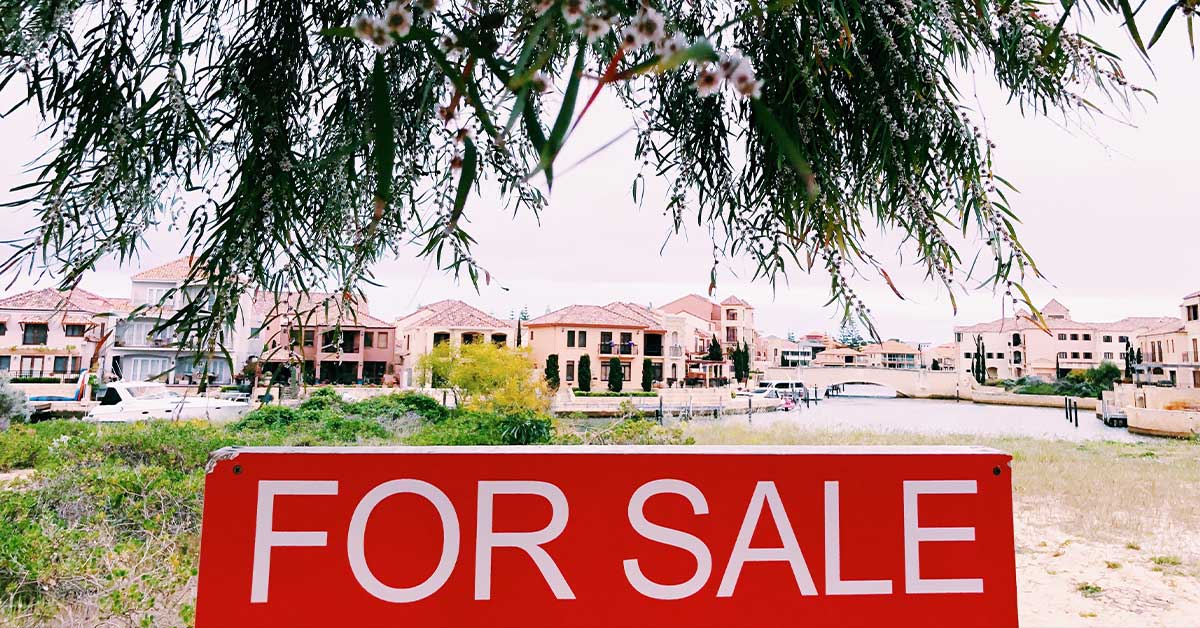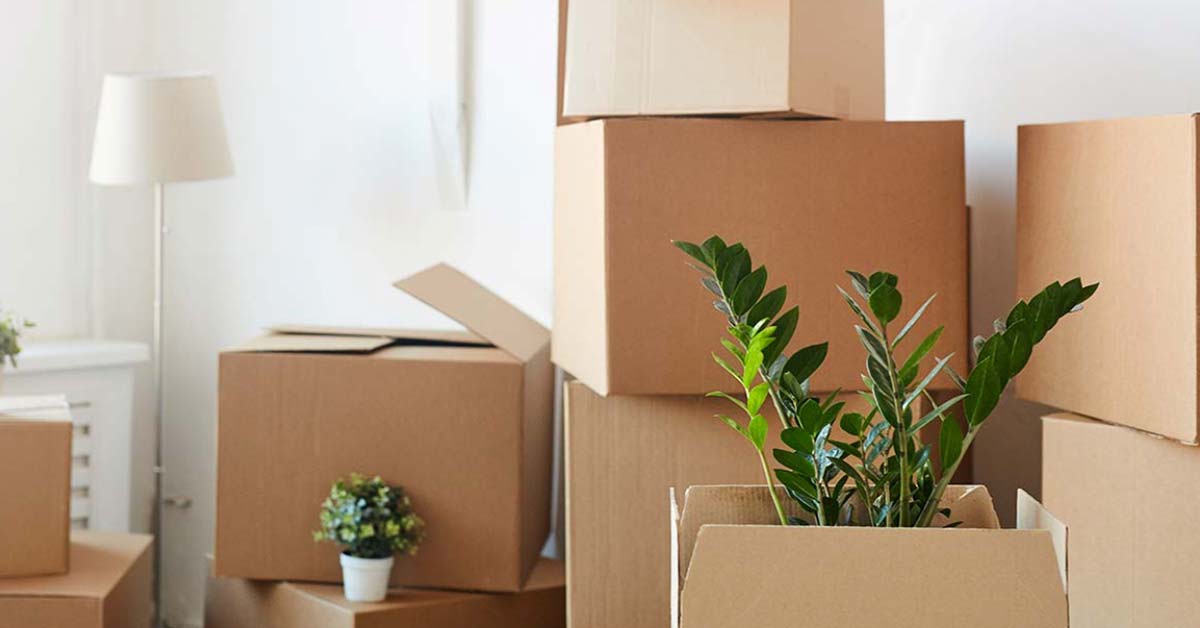When you are considering how to pack for a move, start by prepping as far in advance as possible. Packing tends to be the most time-consuming part of the whole process. With careful planning, patience and an honest assessment of your physical capabilities, budget and just how much you need to move (and what you can let go of), packing for a move can be stress-free. Here are our expert tips on how to pack for a move.
Gather your moving supplies
We recommend that you use our packing calculator before you buy or source any supplies to get a good idea of what you’ll need in terms of packing supplies.
Set up a surface for your packing station. It could be a folding table or a spare bedroom. This is where all your packing supplies will live and where you’ll be taping and labeling boxes.
When you buy boxes, remember that you’ll need different sizes plus a few specialty boxes. Professional moving cartons come in a variety of shapes and sizes that are specifically suited to fit a variety of household goods. Consider wardrobe boxes for clothes on hangers, bankers boxes for the home office, mirror and wall art boxes; and the original boxes for your TV, electronics and appliances (if you’ve kept them).
Donate, get rid of, or store items that you don’t want to move with you
- Go through your belongings room by room. Closets, cabinets, drawers – look at everything and note which items can go. Think honestly about what furniture isn’t worth moving.
- Toss, donate or sell? Organize the belongings you’re letting go of in these three categories. You can do this either by making mental notes or writing them down on sticky notes.
- Do a closet purge. Look at all your closets and pull out anything that is soiled or damaged, doesn’t fit, is out of style, or you haven’t worn in a year.
- Get rid of items you wouldn’t buy again. Ask yourself if you’d spend money on the item in question if you didn’t already have it. If you wouldn’t, you likely don’t need it.
- Hold a garage sale. If you have the time and the energy, consider hosting a garage sale. Let people know with signs, flyers and on social media, invite the neighbors, set fair prices, and put out all the good stuff you no longer need. Make an attractive display of your wares, provide refreshments, and be open to haggling.
- Sell what you can. Your gently used clothing, electronics, furniture and other household items could be sold at a number of places. ThreadUp, Poshmark or your local consignment store will take your clothes. Sell your electronics online at places like eBay, or trade them in on Amazon in exchange for a gift card. Household items, including furniture, could be sold locally through different websites.
- Make donation pickup arrangements. If you’re donating any large items like furniture and rugs, schedule a pickup with an organization ahead of time. See this list of charities that will pick up your donation. And keep any donation receipts as you may be eligible to claim this donation next time you file your taxes.
- Consider short-term storage. If you can’t commit to getting rid of some items yet, but you’re not sure if you need them, you may want to put them in a short-term storage unit and then evaluate later. If you have any questions about self storage, please feel free to contact us and we’ll be more than happy to help. Our self-storage facilities include storage units Victoria, storage units Parksville, storage units Nanaimo, storage units Burnaby, storage units White Rock and Surrey and storage units Chilliwack.
Pack as early as possible
Think realistically about how much you’ll need to get all of your packing done, and add some extra for unexpected delays or obstacles. Create and use a moving checklist to assure that you move all the items you need.
Five weeks before moving day, strategize your packing process. That means figuring out a timeline for the packing process and what you consider the non-essentials. Those usually include books, home decor items, electronics, seasonal sports gear and clothing, and seasonal decorations. They will be packed first. Expect to pack kitchen items, dinnerware, clothing and toiletries last.
Start packing items room by room, and clearly label everything
Focus on one area of a room at a time and don’t mix items from different rooms in one box. To prevent miniature knick knacks and small items from being lost or mistakenly thrown out with the packing paper, wrap them in brightly-colored tissue paper and/or label each wrapped item.
You can also color-code your boxes using a sticker of one color for each room. Assign a color to each room and stick to it. (This tip goes along with our recommendation not to mix items from different rooms.)
Clearly mark your moving boxes with the destination room, the contents of the box, and whether they’re fragile. For example: “Living room. Picture frames. Fragile.” Mark both the top and the sides of each box for easy visibility. Marking the boxes fragile is especially important if you’ve hired movers as they won’t know to be extra careful.



